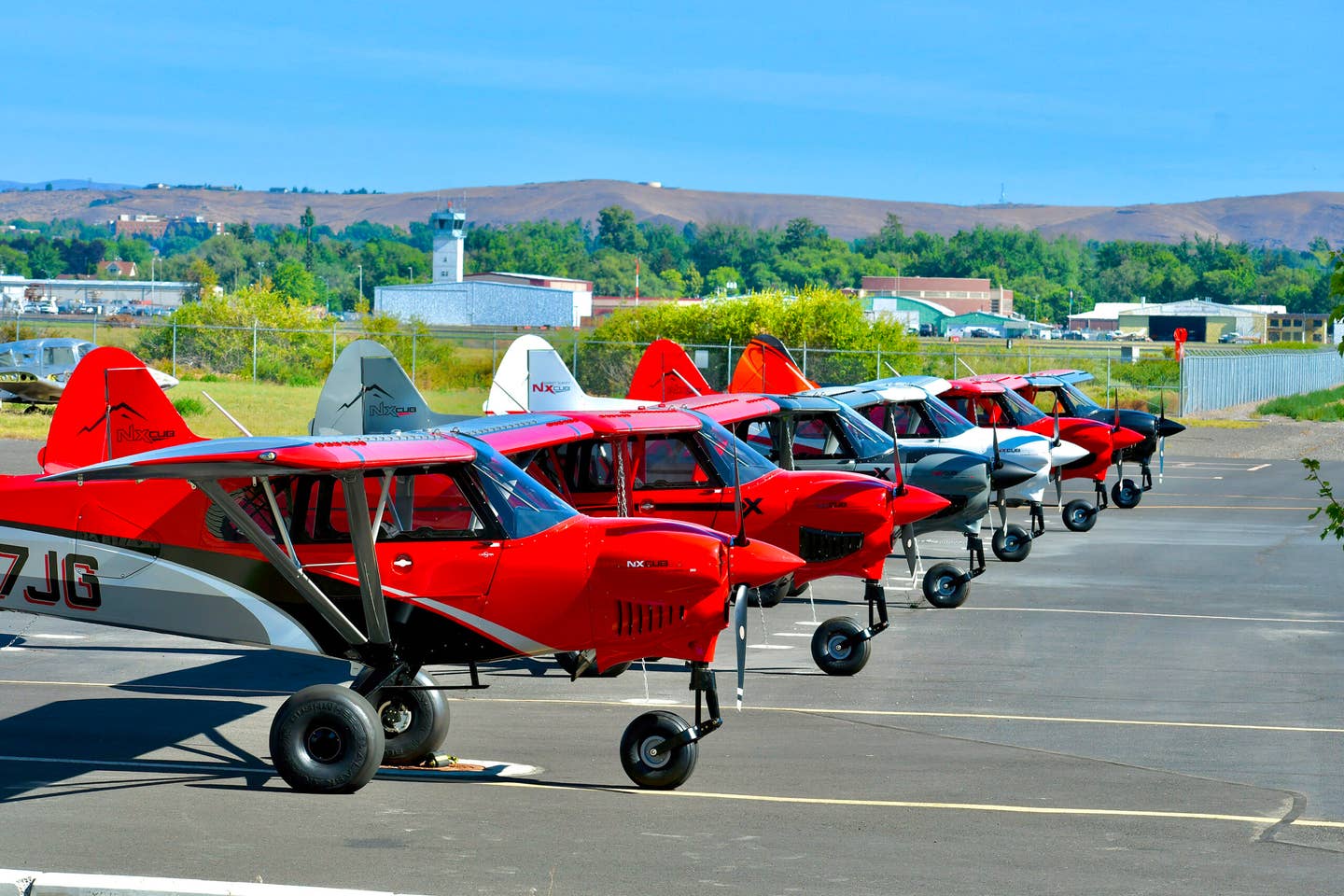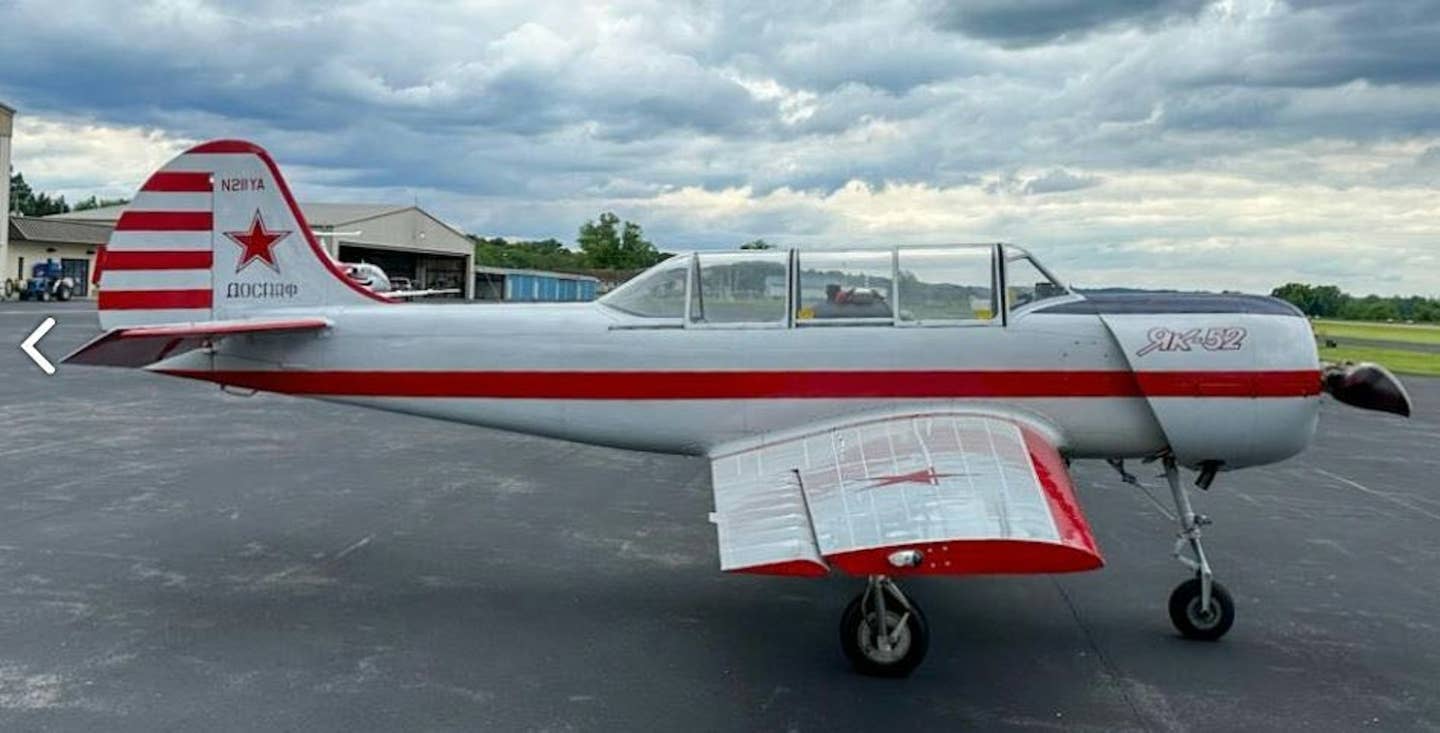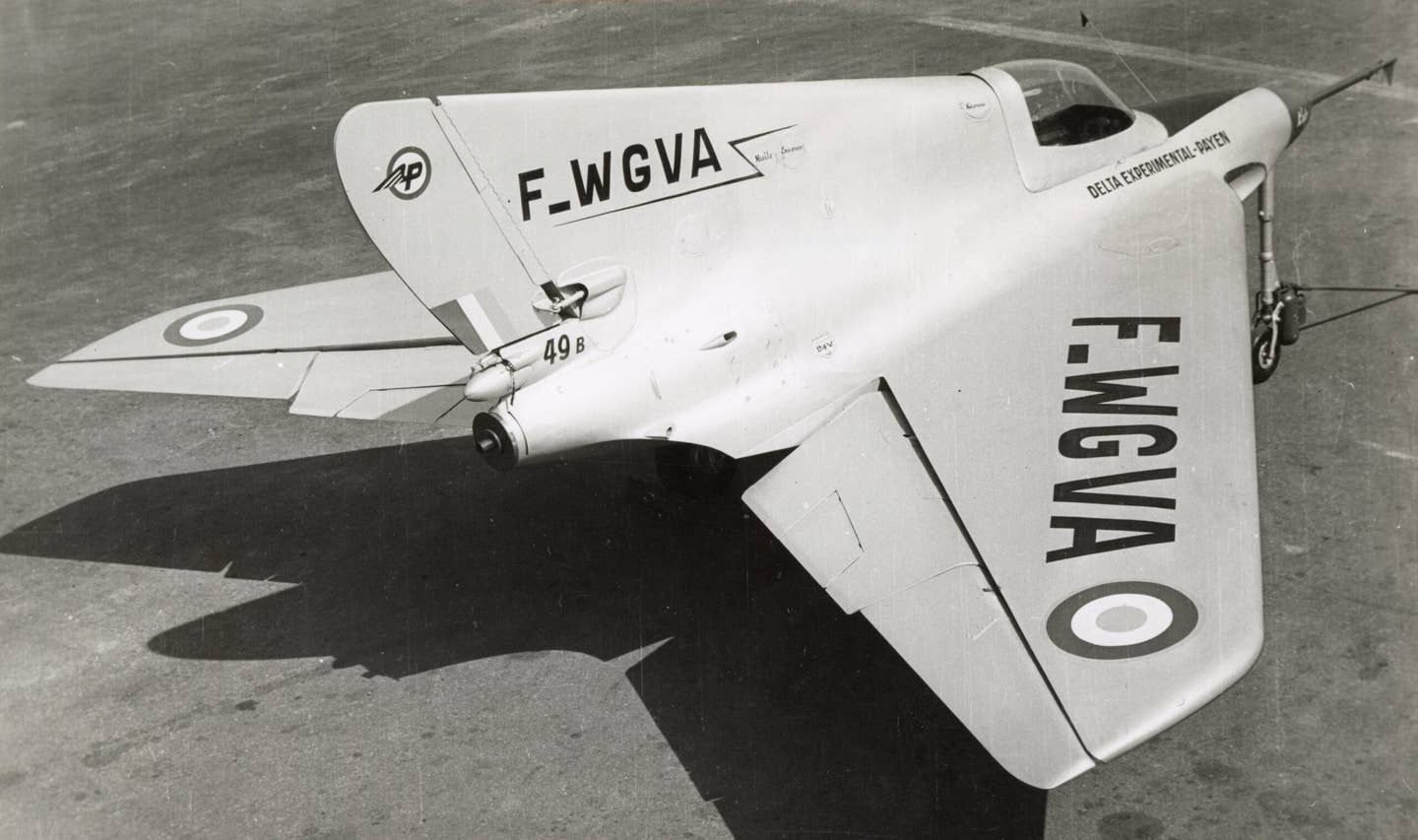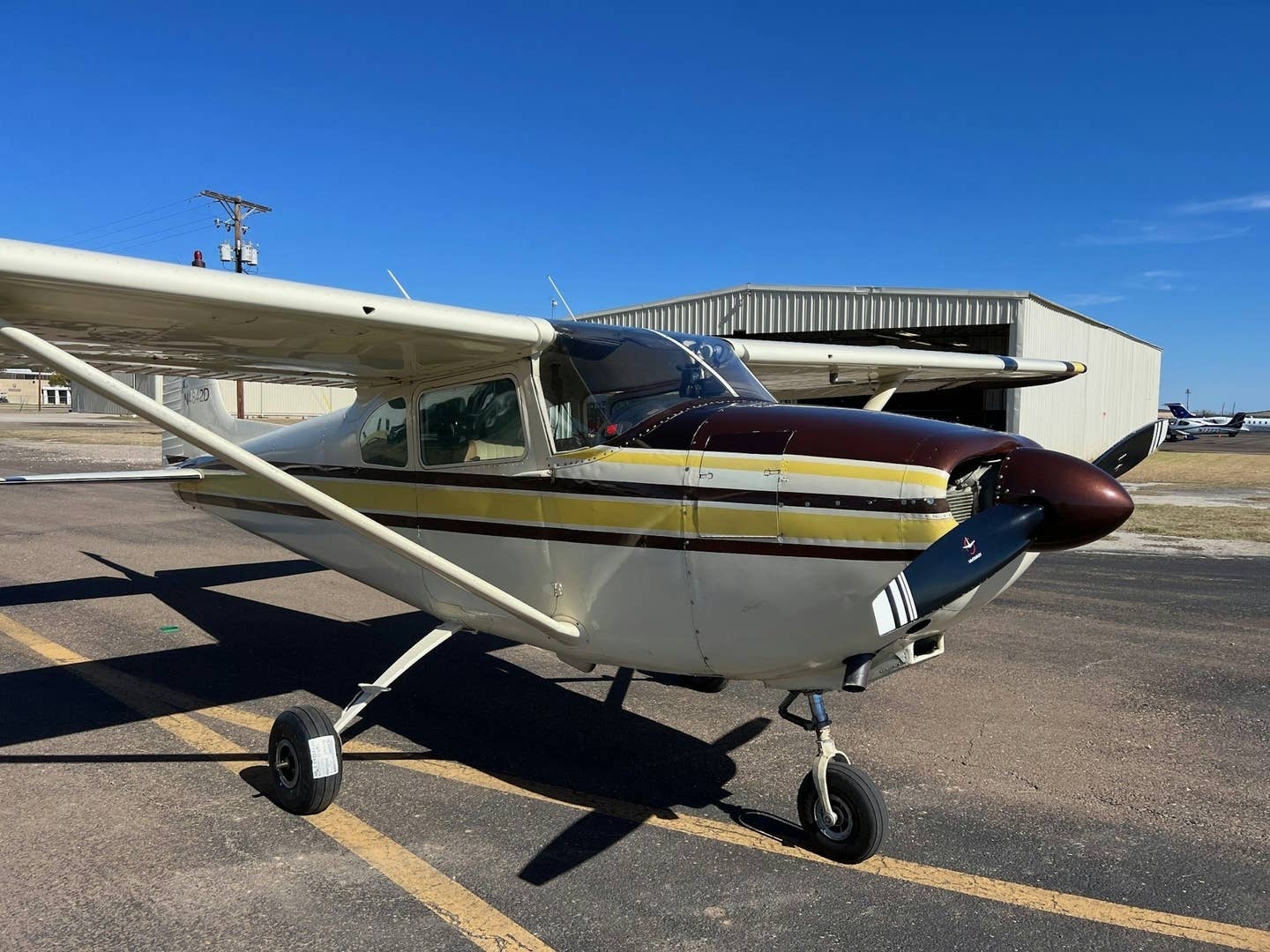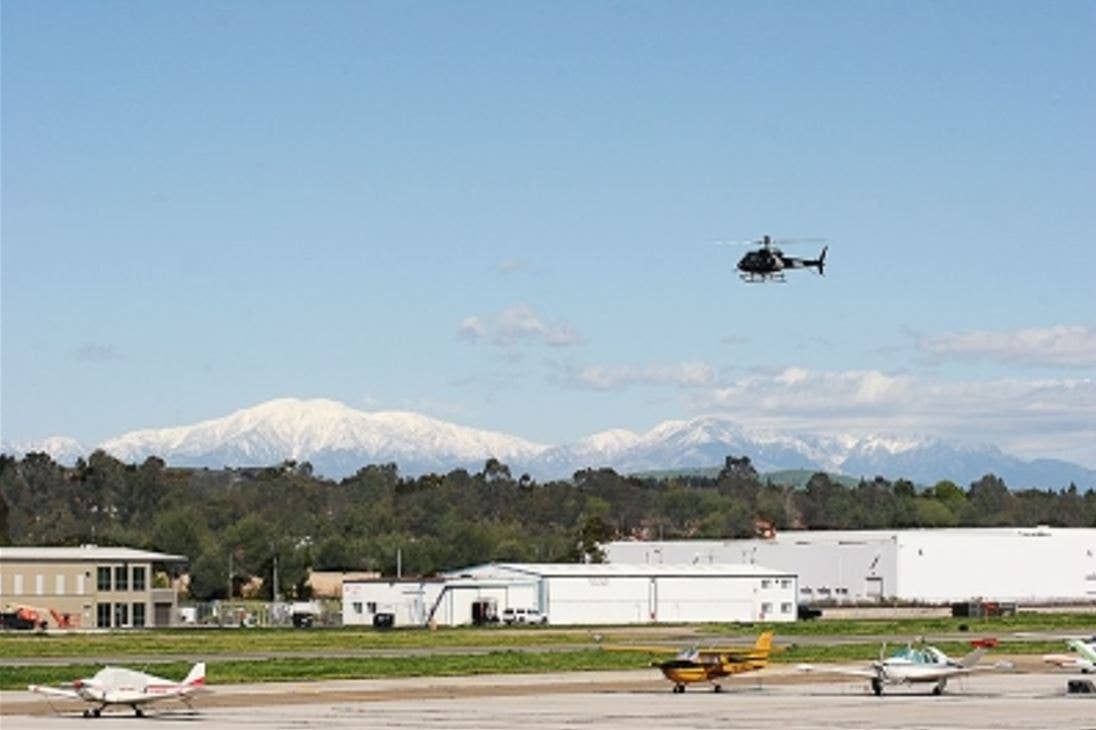
Tyson V. Rininger
Each month, Flying answers questions about the new Sport Pilot/Light Sport Aircraft rule with assistance from the Experimental Aircraft Association (EAA), the authority on the opportunities available within the category commonly known as "Sport Pilot":
Q: Can vortex generators be installed prior to Phase 1 flight testing to enhance the probability of legally meeting LSA stall performance limitations?
A: Anything that is fixed that is used to reduce the stall speed of an aircraft and does not require any input from the pilot will not jeopardize the LSA status of the aircraft. Vortex generators, fixed slats, dimple tape that is affixed to the airfoil, and any other fixed, nondeployable aid can be used. Whether these aids work or not is determined during Phase 1 testing. If they do not result in a stall speed of 45 knots (52 mph) or lower, the aircraft is not LSA compliant.
Q: In a recent column, you said that colorblindness would be a disqualifying condition for sport pilots to fly into Class B, C or D airspace. I became familiar with the relevant restrictions, petitioned the FAA for a signal light test (which I failed) and had the following restrictions placed on my license: "Not valid for night flying or by color signal control." I specifically questioned the FAA regarding other restrictions, and there were none. I have often flown in Class B, C and D airspace in the daytime and understand that tower airports operating with NORDO and with signal light controls only are my restrictions. I can safely say in the New York metro area, no airports operate by the light gun procedure only.
I am expecting shortly to cease taking my periodic medicals, and to use my license to operate aircraft under LSA rules. Unless there has been a change in the FARs restricting LSAs from B, C and D airspace, I believe you may have provided incorrect information regarding colorblindness.
A: In the October 2009 "Ask EAA's Experts" column, we stated that a person could not fly into Class B, C or D airspace as a sport pilot if he or she is colorblind, even with the proper endorsements. We're not sure how or why we said that, but the only restriction should have been that the colorblind sport pilot might not be allowed to fly into an area requiring interpretation of light gun signals. Of course, any limitations placed on the driver's license would also apply to flying, and a person must always be physically able to perform the flight safely. It is the pilot's responsibility to determine this suitability.
For more information on Sport Pilot, visit EAA's sportpilot.org. EAA, which also hosts the annual EAA AirVenture fly-in at Oshkosh, Wisconsin, provides in-depth information on the website, as well as a sport pilot hotline and complete membership services for all aviation enthusiasts. Call 1-800-564-6322 for membership information. Visit Oshkosh365.org for discussion boards on this and other aviation topics.

Sign-up for newsletters & special offers!
Get the latest FLYING stories & special offers delivered directly to your inbox


